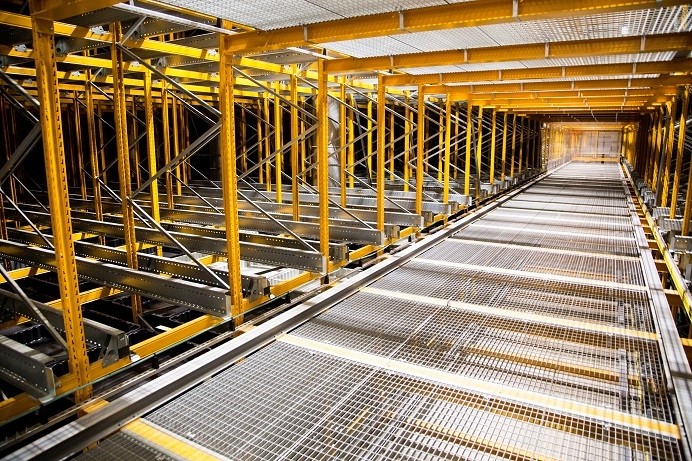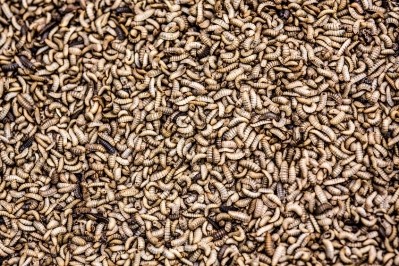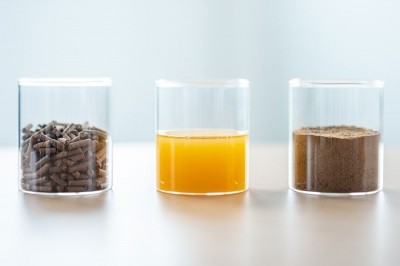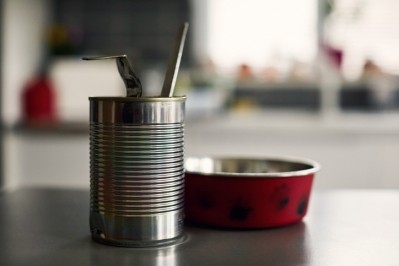Cargill and InnovaFeed expand alliance to cover supplementation of pig feed with insect oil

Cargill and InnovaFeed announced a partnership back in 2019, with that alliance initially focusing on insect feed for aquaculture production.
"The expansion of this partnership will include more species, starting with the use of oil derived from insects for pig feed," the companies said in a joint statement on Monday [May 3].
The use of insect protein in monogastric production is yet to be approved within the EU. Thus, the biotech cannot provide estimations on when the partners would pursue a tie-up in that direction. However, Maye Walraven, head of business development, InnovaFeed, told FeedNavigator the company has already been active in R&D work in relation to the use of insect meal in those species over the past few years.
The company’s Black Soldier Fly (BSF) derived protein production plant in Nesle, a commune in the Somme department in northern France, started operations last November. “This site is currently in the ramp-up phase and will provide the volumes necessary for the commercial partnership with Cargill,” said Walraven.
InnovaFeed plans to open several additional production sites, those facilities would be similar in scale to Nesle in terms of production capacity; the next one, which the company announced at the time of the inauguration of its French facility, will be located in Decatur, Illinois, in the US.
“This ambitious deployment plan will allow InnovaFeed to significantly increase its production capacity over the upcoming years to meet market demand,” said Walraven.
Nutritional benefits
To evaluate insect oil as a swine feed ingredient, Cargill and InnovaFeed conducted numerous feed trials in swine, comparing the impact of different oil sources: “The trials were initially conduct in R&D stations - either in house at Cargill facilities or at an independent third party’s operations. The studies allowed the team to closely monitor performance and to undertake statistical analysis of the results. These trials where then replicated in commercial operations to validate performance at large scale on several hundred pigs,” said the executive.
The teams found the nutritional profile of insect oil fits well with swine requirements, making it possible to supplement or replace vegetable oil without negative effects on performance. In terms of which vegetable oils this insect oil replacing, she said comparisons were drawn with various plant-based oils typically used in swine feed formulation: soy, coprah, PKO, rapeseed, palm, and a medium chain fatty acids (MCFA) mix.
Naturally present in their diet in the wild, insect oil is rich in lauric acid, a fatty acid that helps improve the intestinal health of animals, especially piglets, said the partners
They noted several scientific studies that demonstrate the positive impact of lauric acid and MCFAs on animals’ intestinal health including a review led by Charlie Elrod from the Department of Animal Science, Cornell University, which was published last year.
The Cargill-InnovaFeed research findings also signposted additional performance and health benefits from the use of insect oil in pig feed: “Insect oil appeared to have positive effects on growth in piglets: they gained more weight, indicating benefits in terms of improved digestibility of ingredients. Clear improvement of feces quality - less liquid, lower bacterial count - was also observed.”
InnovaFeed says it has developed technology that reproduces the life cycle of the insect Hermetia Illucens (BSF) on a large scale.
"Our vertical farm covers 25,000m² and combines several floors to reach more than 12m in height. On this fully automated production site, more than 20,000 eggs are collected per second, without human intervention. Automatic larval counting relies on artificial intelligence and optical recognition for large-scale manipulation of microscopic larvae."
Its production unit in Nesle is co-located with Tereos (starch manufacturer) and Kogeban (biomass plant), which the biotech says is a great example of industrial collaboration.
"It will enable InnovaFeed to acquire a supply of quality raw materials and, for Tereos, to locally valorize its co-products while limiting the energy needs associated with their processing. The co-location with Kogeban enables InnovaFeed to harness its waste energy."
![Insect_oil[1] innovafeed](/var/wrbm_gb_food_pharma/storage/images/_aliases/medium/media/images/insect_oil-1-innovafeed/12417092-1-eng-GB/Insect_oil-1-innovafeed.jpg)













